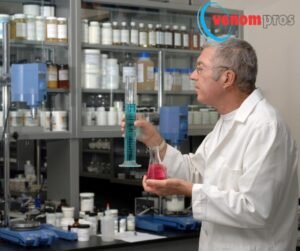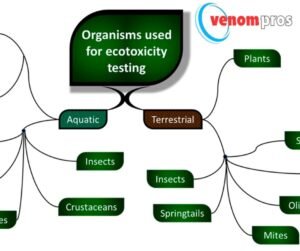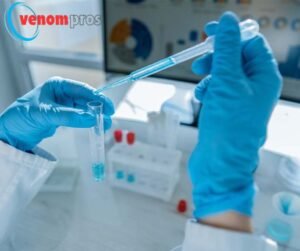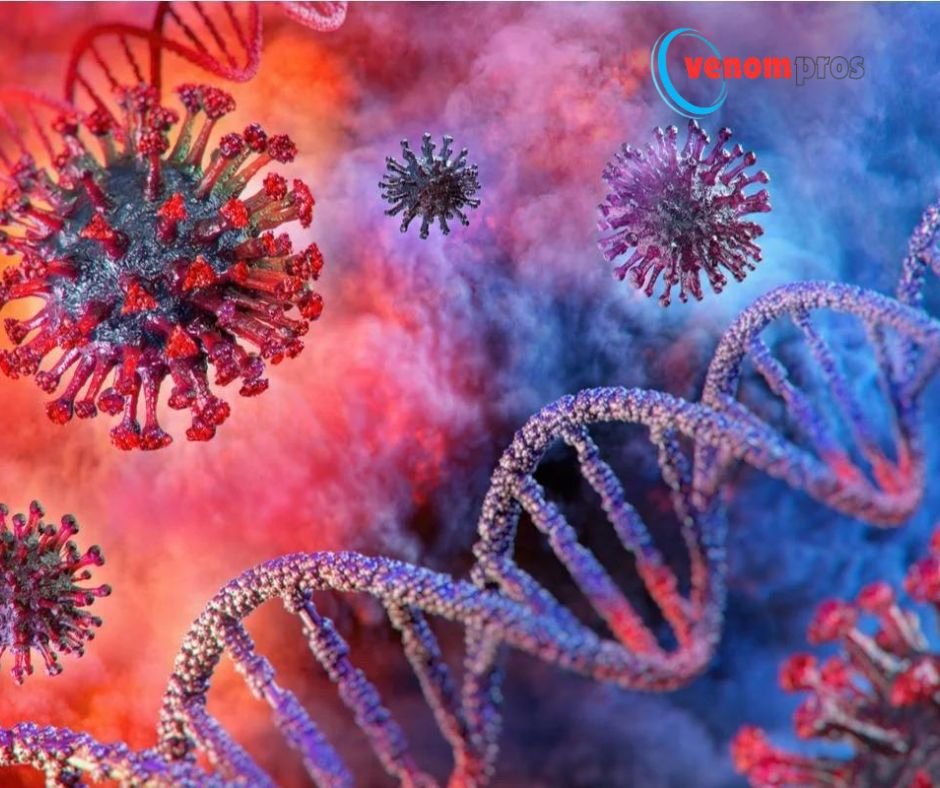
Title: Unraveling the Genetic Code: The Role of Genetic Toxicologists in Investigating DNA Damage and Mutation Risks
In the intricate world of genetics, where the double helix of DNA forms the blueprint for life, understanding the potential threats to this delicate structure is crucial. Genetic toxicologists stand at the forefront of this endeavor, dedicating their careers to studying how various agents can damage DNA and lead to mutations. These professionals play a critical role in assessing the risks associated with environmental, chemical, and pharmaceutical exposures, ensuring that the integrity of the human genome is maintained across generations.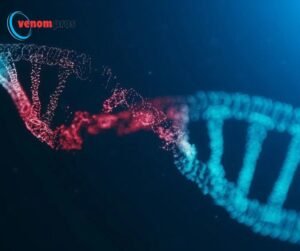
The Role of a Genetic Toxicologist
Genetic toxicology is a specialized branch of toxicology that focuses on understanding how different substances affect the genetic material within cells. A genetic toxicologist’s primary responsibility is to identify and evaluate agents that could cause DNA damage or mutations, potentially leading to cancer, birth defects, or other genetic disorders.
Genetic toxicologists work across a variety of settings, including pharmaceutical companies, research institutions, and regulatory agencies. Their work involves conducting experiments using a range of biological assays, animal models, and sometimes epidemiological studies to detect and quantify genetic damage. They often collaborate with other scientists, such as molecular biologists and bioinformaticians, to interpret complex data and provide a comprehensive risk assessment.
When DNA is damaged, it can lead to mutations—changes in the genetic sequence that can disrupt normal cell function.However, others can be detrimental, leading to diseases such as cancer. Genetic toxicologists focus on identifying the types and sources of DNA damage, understanding the mechanisms by which this damage occurs, and assessing the potential consequences.
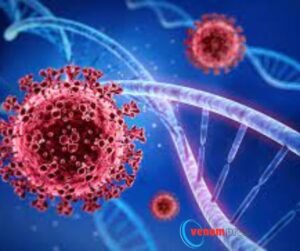
Investigating DNA Damage
Genetic toxicologists employ a range of techniques to investigate DNA damage. One common method is the use of the Ames test, which assesses the mutagenic potential of chemical compounds. In this test, bacteria are exposed to the compound in question, and the rate of mutation is measured. If the compound causes a significant increase in mutations, it is flagged as a potential mutagen.
Another important tool in a genetic toxicologist’s arsenal is the comet assay, also known as single-cell gel electrophoresis. This technique allows scientists to visualize DNA damage in individual cells. Cells are embedded in a gel, lysed to release their DNA, and subjected to an electric field. Damaged DNA migrates through the gel more easily, creating a comet-like tail. The length and intensity of the tail provide a measure of the extent of DNA damage.
More advanced methods include next-generation sequencing (NGS) and CRISPR-Cas9 technology, which allow for precise analysis of genetic mutations at the molecular level. These techniques enable genetic toxicologists to identify specific mutations and understand their potential impact on gene function and health.
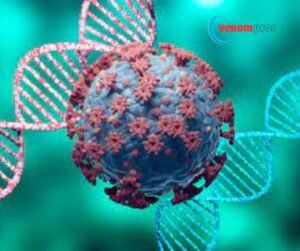
Assessing Mutation Risks
Once DNA damage is identified, genetic toxicologists must assess the risk that this damage will lead to mutations and, ultimately, disease. This process involves understanding the dose-response relationship—how the amount of exposure to a toxic agent correlates with the extent of DNA damage and the likelihood of mutation.
Risk assessment also requires consideration of factors such as the organism’s ability to repair DNA damage. Cells have evolved a variety of mechanisms to repair damaged DNA, including base excision repair, nucleotide excision repair, and homologous recombination. The efficiency of these repair mechanisms can vary depending on the type of damage, the specific gene involved, and the overall health of the organism.
Genetic toxicologists also consider the potential for synergistic effects, where exposure to multiple agents simultaneously leads to greater DNA damage than exposure to each agent individually. This is particularly important in assessing the risks of complex environmental mixtures, such as air pollution or industrial waste.
Regulatory and Public Health Implications
The work of genetic toxicologists has significant implications for public health and regulatory policy. By identifying and characterizing mutagenic agents, these scientists contribute to the development of safety guidelines and regulations aimed at minimizing human exposure to harmful substances. For example, their research informs the permissible exposure limits for industrial chemicals and the evaluation of new pharmaceuticals before they reach the market.
In addition to regulatory work, genetic toxicologists play a crucial role in public health by contributing to our understanding of the genetic basis of disease. Their research can lead to the development of new diagnostic tools and treatments, particularly in the fields of cancer and hereditary disorders.
The Future of Genetic Toxicology
As our understanding of genetics and molecular biology continues to advance, so too does the field of genetic toxicology. Emerging technologies, such as CRISPR-based gene editing and artificial intelligence, offer new opportunities for genetic toxicologists to refine their methods and improve the accuracy of risk assessments. These tools allow for more precise identification of mutagenic agents and a deeper understanding of how these agents interact with the genome.
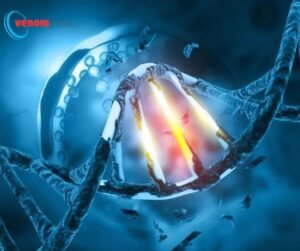
In the future, genetic toxicologists may also play a role in personalized medicine, where individual genetic profiles are used to tailor medical treatments and preventive measures. By understanding how genetic variation influences susceptibility to DNA damage and mutation, genetic toxicologists could help develop strategies to protect those at higher risk.
Conclusion
Genetic toxicologists are essential guardians of our genetic heritage. Through their work, they help to ensure that the integrity of our DNA is preserved, protecting us from the potentially devastating consequences of genetic mutations. As science continues to evolve, so too will the methods and tools available to genetic toxicologists, allowing them to continue their vital work in safeguarding public health and advancing our understanding of the genetic foundations of life.
Also read this;>BlueWave Venom: Innovative Fish-Derived Compounds”

